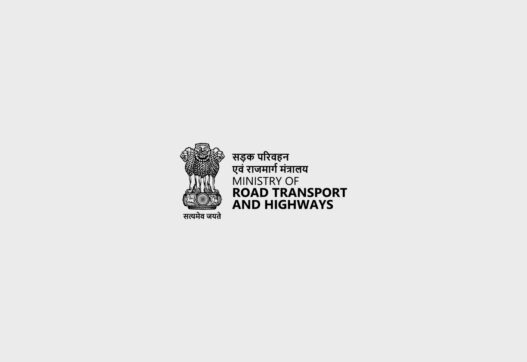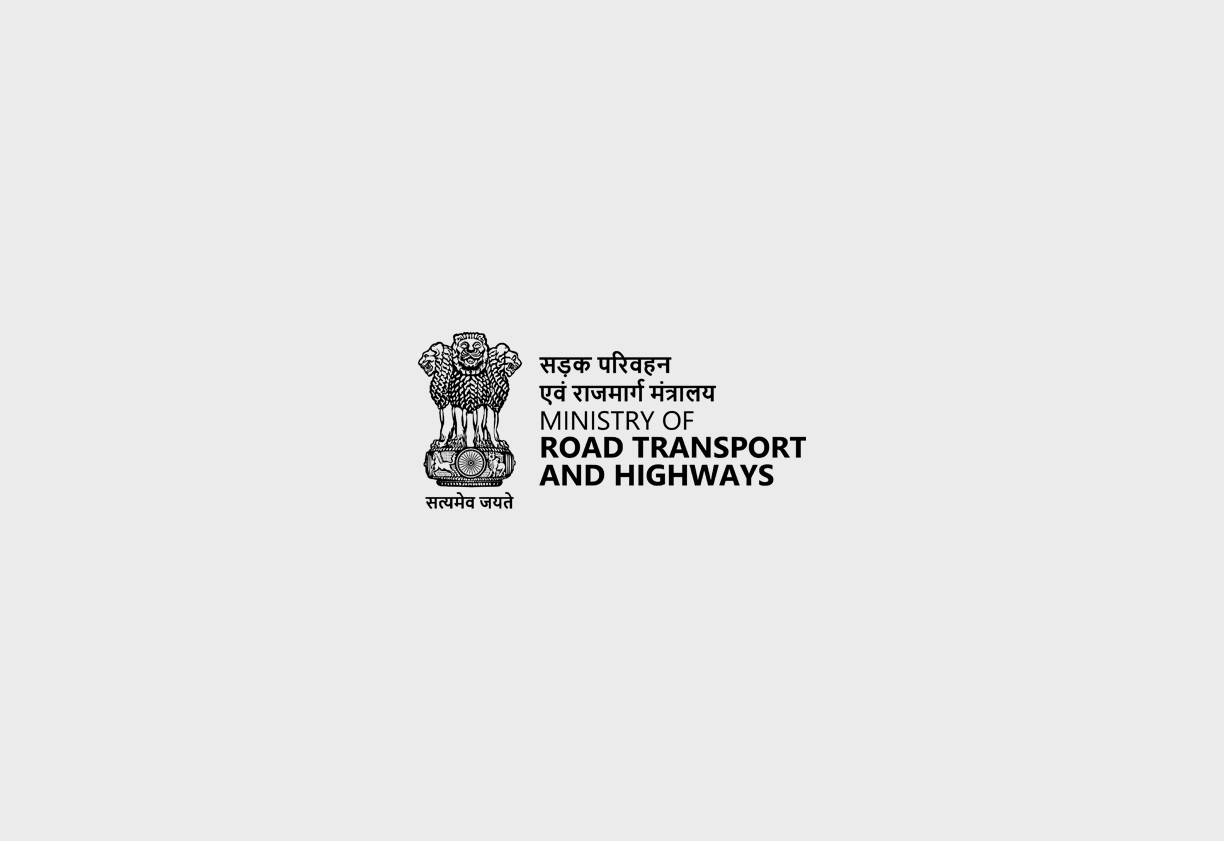Ministry of Road Transport and Highways
The Motor Vehicles Act, 1988, was enacted to consolidate and amend the law relating to motor vehicles. This act provides a comprehensive legal framework for the regulation of motor vehicles, including their registration, licensing of drivers and conductors, traffic rules, and liability for accidents. It aims to ensure road safety, regulate traffic, and provide for compensation in case of accidents.
Act Background and Ministry:
The Motor Vehicles Act, 1988, was enacted to consolidate and amend the law relating to motor vehicles. This act aims to provide a comprehensive legal framework for the regulation of motor vehicles, including their registration, licensing of drivers and conductors, traffic rules, and liability for accidents. While the Act does not specify a particular ministry, it falls under the purview of the Ministry of Road Transport and Highways in India.
Enactment date, number of chapters, number of sections:
The Motor Vehicles Act, 1988, was enacted on October 14, 1988. The Act is structured into 14 chapters and 217 sections, along with two schedules. These sections cover various aspects of motor vehicles, including preliminary matters, licensing, registration, control of transport vehicles, liability, and miscellaneous provisions.
Act Governed By:
The Act is primarily governed by the provisions outlined within its sections. It establishes the framework for the registration of vehicles, licensing of drivers and conductors, traffic regulations, and liability for accidents. The Act also outlines the powers of the Central and State Governments to make rules and regulations for its implementation.
On Whom it is applicable:
The Motor Vehicles Act, 1988, is applicable to all motor vehicles, their owners, drivers, conductors, and any other person involved in the use and operation of motor vehicles in India. This includes individuals, transport companies, insurance companies, and testing agencies.
Penalties/Punishments:
The Act prescribes penalties for various violations and non-compliance. These include:
-
Fines for various offenses, ranging from a few hundred rupees to several thousand rupees.
-
Imprisonment for a term which may extend to three years for certain serious offenses, such as driving under the influence of drugs or alcohol.
-
Suspension or cancellation of driving licenses for certain offenses.
-
Disqualification from holding or obtaining a driving license for a specified period.
-
Penalties for using vehicles without registration or permits.
The Act also provides for the recovery of compensation and the enforcement of decisions through legal means.
Important Pointers:
-
The Act defines key terms related to motor vehicles, including “motor vehicle,” “transport vehicle,” “driver,” and “conductor.”
-
It outlines the requirements for obtaining a driving license and a conductor’s license.
-
The Act mandates the registration of motor vehicles and provides for the issuance of certificates of registration.
-
It specifies the procedures for granting and revoking permits for transport vehicles.
-
The Act regulates the construction, equipment, and maintenance of motor vehicles.
-
It outlines the rules for traffic control, including speed limits, parking, and road safety measures.
-
The Act specifies the liability of owners and insurers in case of accidents.
-
It provides for the constitution of Claims Tribunals to adjudicate compensation claims.
-
The Act emphasizes the importance of safety and responsible driving.
-
The Act has been amended over time to adapt to changing needs and circumstances.
Act Copy:




